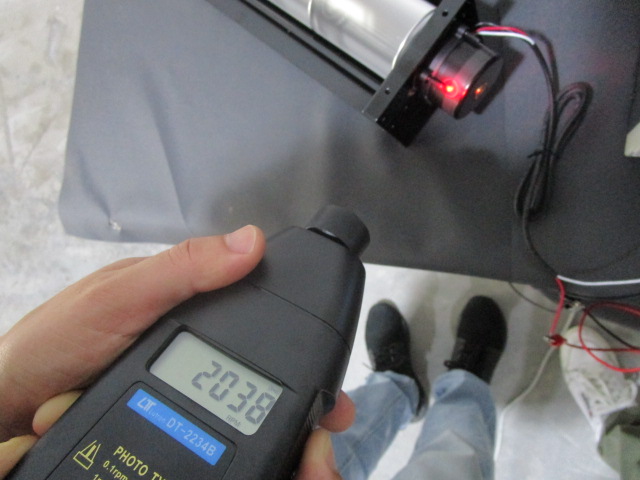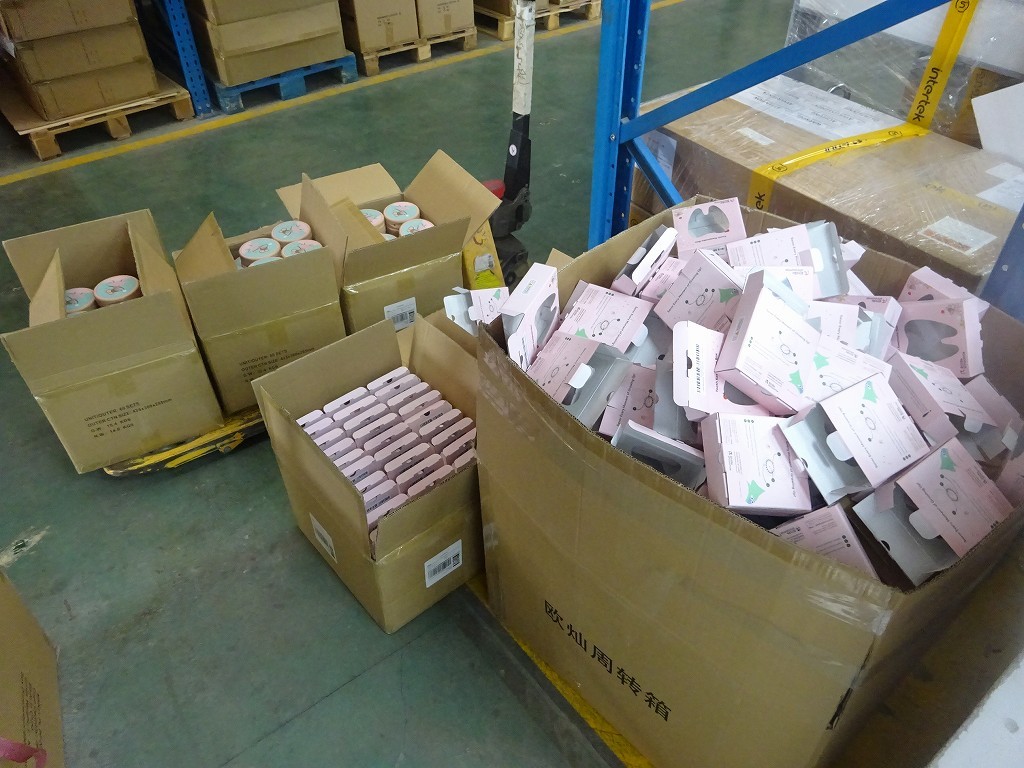Crossflow (tangential) fans are essential components in various industries, playing a critical role in cooling, ventilation, and air circulation systems. Ensuring their quality is paramount to maintain optimal performance, energy efficiency, and safety. To achieve this, rigorous quality inspection processes are required. This article explores the methods and international standards involved in conducting quality inspections for crossflow fans.

Quality Inspection Methods:
Quality inspection of crossflow fans involves a combination of visual checks, functional tests, and measurements to assess various parameters. The following methods are commonly employed in the inspection process:
1.Visual Inspection:
Visual inspection is the initial step in the quality assessment of crossflow fans. It involves a thorough examination of the fan components for any visible defects, such as scratches, dents, misalignments, and incomplete assembly. Any irregularities identified during this stage can lead to rejection of the fan or further analysis.
2.Functional Tests:
Functional tests are essential to evaluate the performance of crossflow fans under various operating conditions. These tests include:
a. Start-Up Test: Ensures that the fan starts smoothly without any abnormal noises or vibrations.
b. Airflow Test: Measures the airflow rate generated by the fan at different speed settings to verify its efficiency.
c. Speed Variation Test: Tests the fan’s ability to smoothly transition between different speed settings.
d. Overload Test: Determines the fan’s response to operating at higher loads and temperatures, simulating real-world conditions.
3.Measurements:
Accurate measurements of key parameters are critical for assessing the quality of crossflow fans. These measurements include:
a. Airflow Rate: Measured in cubic feet per minute (CFM) or cubic meters per hour (m³/h), this parameter indicates the volume of air moved by the fan.
b. Power Consumption: Measuring the fan’s power usage helps determine its energy efficiency.
c. Noise Level: The noise emitted by the fan is measured in decibels (dB) to ensure it meets acceptable noise standards.
d. Vibration Levels: Excessive vibrations can indicate poor build quality or imbalanced components.
International Standards for Crossflow Fan Quality:
Several international standards govern the quality and performance requirements of crossflow fans. These standards ensure uniformity in manufacturing, safety, and environmental considerations. Some of the prominent standards are:
1.ISO 5801:2017 – Industrial Fans – Performance Testing Using Standardized Airways:
This standard outlines the procedures for performance testing of industrial fans, including crossflow fans. It provides guidelines for determining airflow, pressure, power consumption, and efficiency. Compliance with ISO 5801 ensures accurate and reliable performance data.
2.ISO 13350:2009 – Industrial Fans – Vocabulary:
ISO 13350 standardizes the terminology used in the field of industrial fans, providing a common language for manufacturers, testers, and regulators. Clear definitions enhance communication and understanding across the industry.
3.UL 507: Standard for Safety for Electric Fans:
This Underwriters Laboratories (UL) standard focuses on safety requirements for electric fans, including crossflow fans. It covers aspects such as electrical insulation, motor protection, and overheating prevention to ensure safe operation.
4.EN 60335-2-80: Household and Similar Electrical Appliances – Safety – Part 2-80: Particular Requirements for Fans:
Applicable to fans used in household and similar environments, this European standard addresses safety considerations specific to fan design, construction, and use.
Conclusion:
Quality inspection of crossflow (tangential) fans is a comprehensive process that involves visual checks, functional tests, and precise measurements. By adhering to international standards such as ISO 5801, ISO 13350, UL 507, and EN 60335-2-80, manufacturers can ensure that their fans meet performance, safety, and environmental requirements. Implementing robust quality control measures ultimately results in crossflow fans that are efficient, reliable, and safe for various applications across industries.






